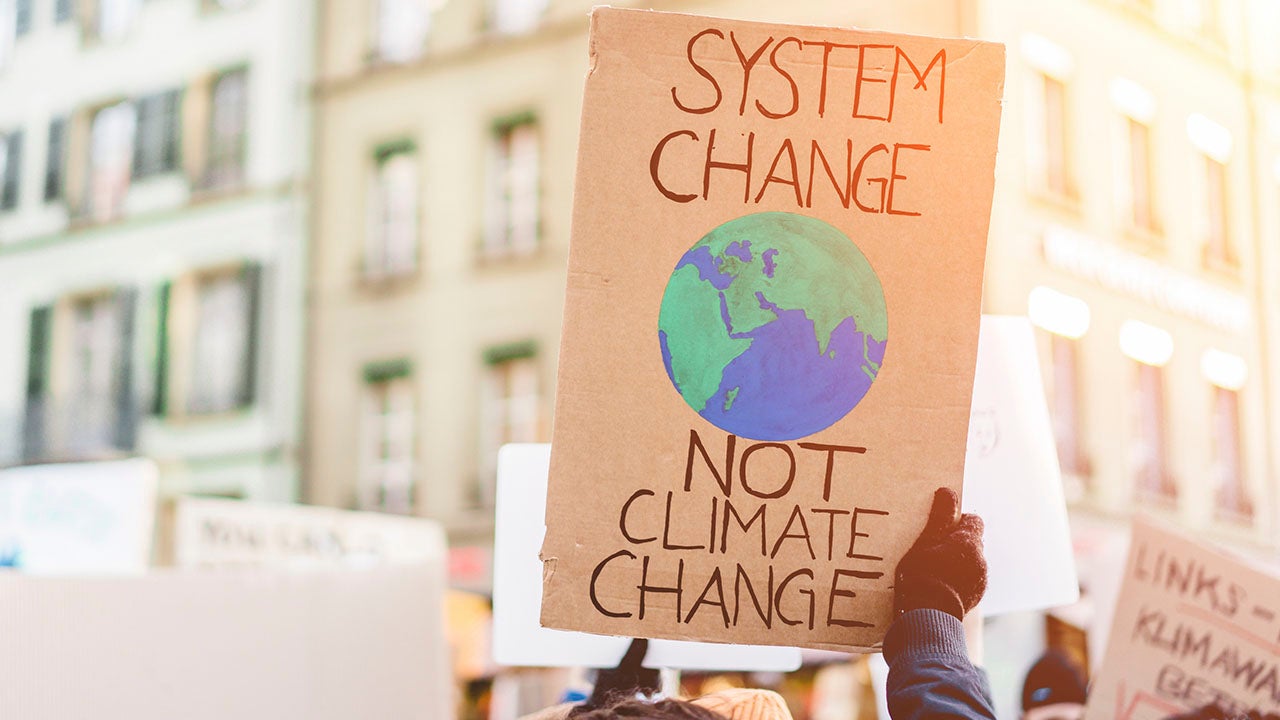It is a common misnomer that climate initiatives stifle a bustling economy. This paradox has been the root of substantial political strife as politicians shy away from any significant action to save our planet. Now, as the unparalleled modern-day pandemic of COVID-19 suffocates global economic activity, wiping out everything from oil demand to the restaurant industry, scientists are reporting a healthier environment. Satellite imagery has verified massive decreases in key air pollutants over countries where the pandemic has disrupted economic activities like travel and industry. In Italy, there have been reports of cleaner water in the Venice canals as they recover from overuse by tourists and motorboats. These temporary reductions will not save us from the climate crisis, but they do give us reason to pause for a more thorough consideration of the relationship between our economy and on our planet.
Can positive environmental momentum be maintained with a high-functioning global economy or is noteworthy progress only made during a downturn? The emission reductions we are seeing now are possible in times of economic growth, but they won’t happen on their own. Leveraging policy will be crucial in four keys ways to make meaningful progress.
1. Displace current high-emissions energy sources with lower-emissions sources to decarbonize the energy economy.
Over the past two decades, more than 20 countries have reduced annual greenhouse gas emissions while steadily increasing their GDPs. Deploying clean energy sources and substituting extraction and manufacturing with tertiary economic activities (i.e. services) and more sustainable industry both contributed to successfully decoupling economic growth with emissions levels.
Global economic growth can be maintained with mitigated climate impacts when powered by a net-zero carbon energy portfolio. As this transition cannot be made overnight, protecting existing zero-carbon technologies (like existing nuclear power) while simultaneously investing in and scaling up new ones needs to be prioritized now to achieve moderate to long-term emissions goals. Decarbonizing the electrical grid is already within reach, but the allocation of funding to incentivize research and development in harder to decarbonize sectors, such as industry and aviation, will also prove crucial to reaching these goals. Advanced nuclear, hydrogen, and natural gas with carbon capture and storage can close the gap in keeping emissions out of the atmosphere.
2. Put in place streamlined and stringent efficiency standards to minimize emissions while maintaining overall growth and prosperity.
This ranges from strict CAFE standards for vehicles to shipping practices, and even incentivizing efficient building design through certification programs like LEED that prioritize efficiency and the carbon footprint of building materials. Studies have found that energy efficiency improvements also reduce production costs and can contribute to higher savings and overall growth in national economic output. In fact, trends show that GDP per unit of energy has increased over the last three decades, highlighting the importance of efficiency standards and a decoupling of economic growth from energy use.
3. Leverage government support of clean energy technologies and infrastructure to stimulate a faltering economy and desperate workforce while reducing emissions.
Like the substantial energy infrastructure programs enacted in the1930’s, we can use this opportunity to redirect the public and private sectors and fuel a clean energy transition that jumpstarts our modern-day economy. The fallout from COVID-19 has created a unique opportunity to rebuild the global economy in a cleaner direction. As former Energy Secretary Ernest Moniz writes, we may not need the physical “corps” or federal organizations that were deployed in the Great Depression, but we do need an energy stimulus program built on transformative energy infrastructure modernization and job creation.
4. Work multilaterally to drive action.
Like the interconnectedness of the global economy, emissions also transcend boundaries and affect us all. Multilateral agreements amongst nations will help to level set standards for energy inputs and efficiency standards, reducing global emissions and helping to protect industries and workers. Exchange of support, in dollars and technological advancements, will benefit us all in the long-term.
If COVID-19 can teach us anything, it is that proactive, collective action leads to much better outcomes than reactionary policy. The same can be said for our climate. Large scale, international action will only be beneficial until we reach a tipping point, at which point the momentum will be too great to pump the breaks. We do not have to sacrifice current financial well-being for our future health and prosperity, and our communities do not have to sacrifice jobs, stability, and security for environmental progress. The sooner our political leaders realize this, the sooner we can act. Luckily, with the right policies, we can empower the workforce while healing the planet and thus improving the quality of life for ourselves and generations to come.


